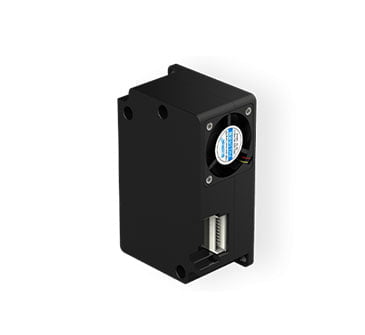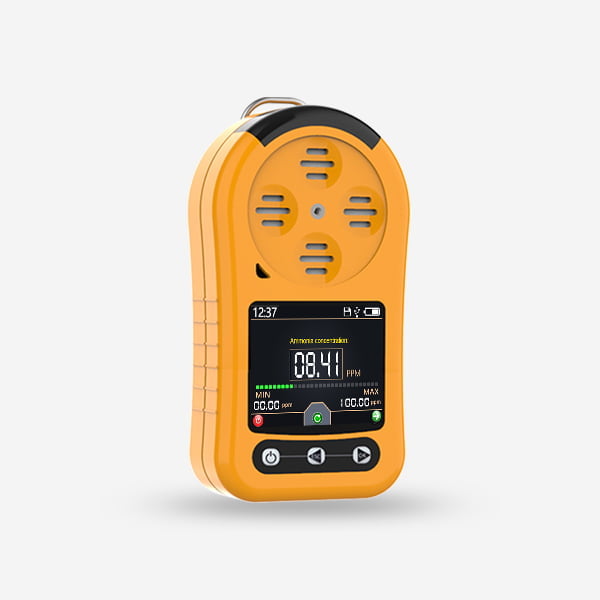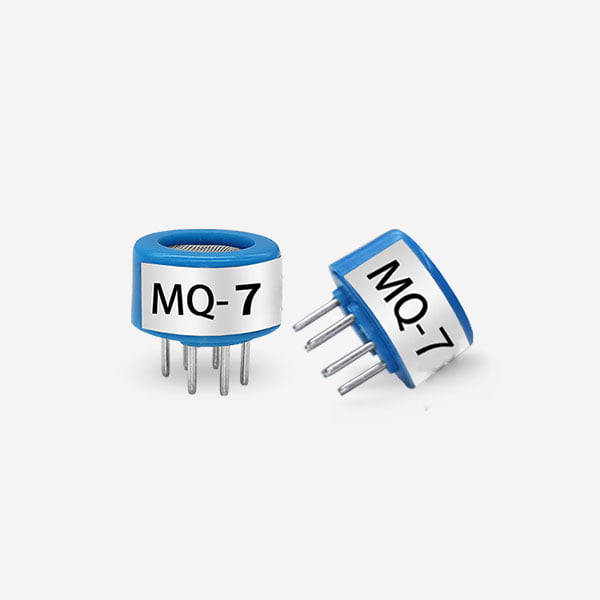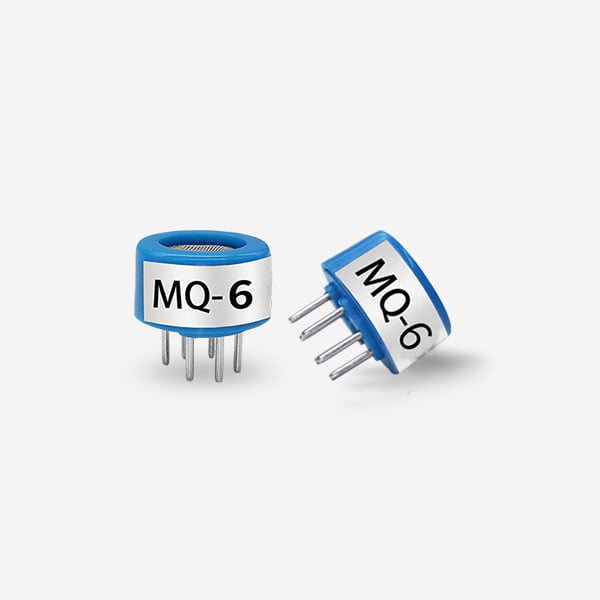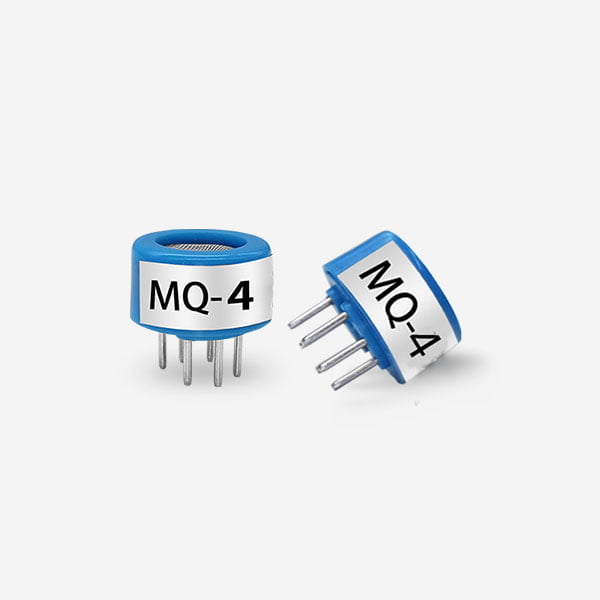Businesses and professionals need to choose a gas detector based on where they are working. Gas monitors should detect gases that are likely to be present in the space. Multi gas detector are used for ongoing monitoring, while portable gas detectors are used by workers in the field.
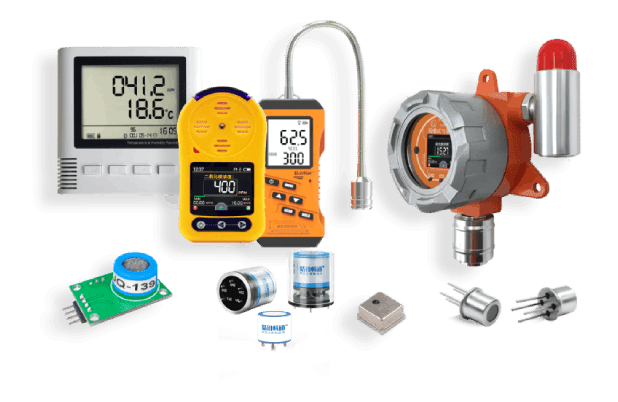
Protecting your workforce from hazardous gases starts with choosing the right gas detection devices based on the task at hand. When choosing this type of equipment for your team, consider several important factors:
the workplace;
the target gases in the atmosphere;
the time you plan to occupy that space.
Portable Gas Detectors
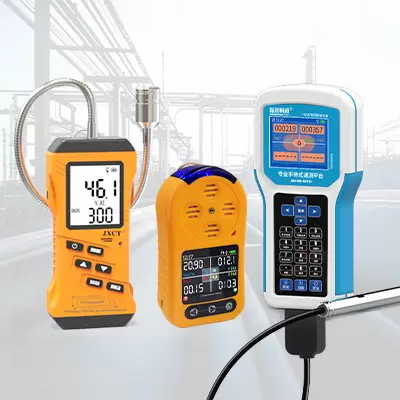
Portable gas detection devices are made for workers who need to monitor air quality on the go. Field workers often use multi-gas detectors. A person wears a portable gas detector near the breathing zone to ensure that the device is monitoring the same gas. Additionally, these devices are lightweight, portable, and easy to carry around. Most options come with a clip that attaches to the worker’s collar, ensuring it remains firmly in place regardless of the task performe.
All gas systems run on batteries that typically last several hours to days at a time. Some, like the popular Single Gas Detector, may run continuously for its entire lifespan (2 years). No need for calibration, sensor replacement, battery replacement or battery charging. Verify that the estimated battery life accommodates the worker during their entire shift. After use, people can put the detector on the gas detector docking station, the docking station automatically charges the battery. The station also keeps a digital log of the results for automated reporting.
Some options are also waterproof to protect against spills and leaks. Choose a more durable model that is easy to clean when working in unsanitary areas or during natural disasters.
Multi gas detector
Multi gas detector can detect many types of hazardous gases, including the four main target gases. You can choose between a multi-gas detector. A single gas monitor can only detect one harmful gas at a time, while a multi-gas monitor can usually detect multiple harmful gases at the same time. Electrochemical sensors measure the amount of toxic gases in the air as a percentage associated with a lower explosion level.
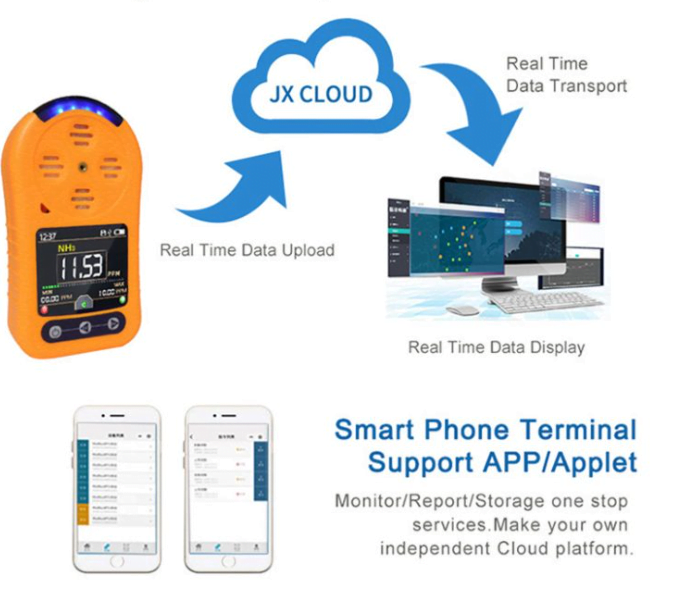
Multi gas detector are typically use in confined spaces with limited ventilation, such as manholes, utility tunnels, mines. Hazardous gases are commonly found in these environments, gradually settling in the air. The most common gases include hydrogen sulfide (H2S), methane (CH4), carbon monoxide (CO).
When the hazardous gas (or gases) surpasses the LEL, or customize threshold, the device promptly alerts the user through an audible, visual alarm. The alert can reach the user even in loud .
How to choose multi gas detector
Consider the types of gases you need to detect:
Different gas detectors are designed to detect different types of gases. So it’s important to choose a multi gas detector that can detect the specific gases you are concerned about.
Look for a detector with a wide detection range:
Make sure the detector you choose has a wide detection range. So that it can detect a variety of gases at different concentrations.
Consider the sensitivity of the detector:
Some detectors are more sensitive than others, so consider how sensitive you need the detector to be based on the levels of gas you are likely to encounter.
Check the battery life and sensor lifespan:
Make sure the detector has a long battery life and sensor lifespan. So that it will be reliable for an extended period of time.
Consider the size and weight of the detector:
If you need to carry the detector around with you, make sure it is lightweight.
Look for additional features:
Some detectors come with additional features such as data logging, alarm systems, and Bluetooth connectivity. Consider what additional features you may need for your specific application.
Read reviews and compare different models:
Before making a decision, read reviews of different multi gas detectors and compare their features, specifications.
